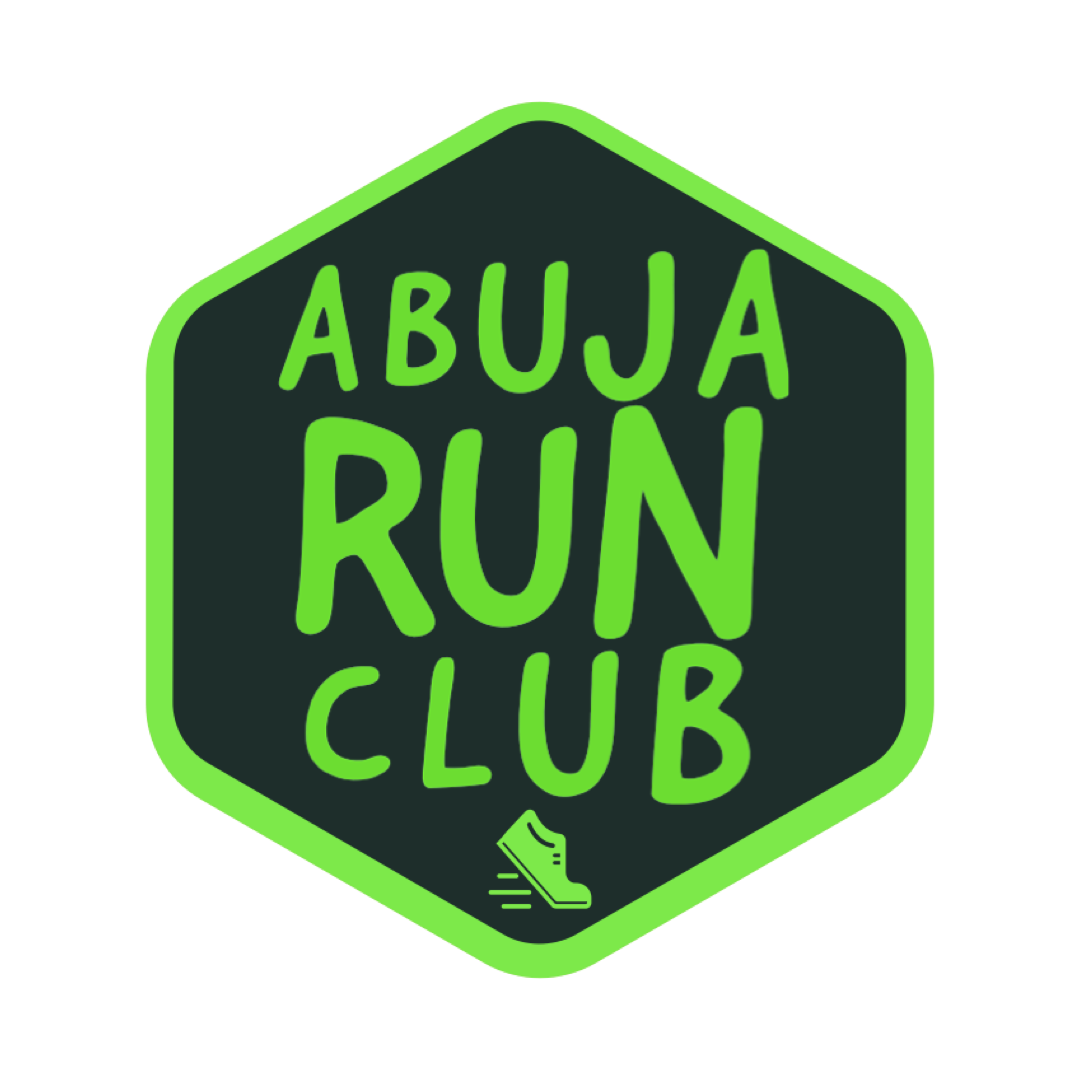9 Strategies to Help You Change to Better Health Behaviors
Do you remember the last time you tried to change a behavior? What was it? controlling your eating habit? or dedicating time to exercise? being more present at any moment? Did you succeed?
If you are like most of us, you soon discover changing a behavior take a lot of commitment. Now if you did not succeed, I will share some useful strategies that will increase your chances of achieving success on your behavior change journey.
There a certain stages of change we find ourselves in on the journey. Some times we spiral back because we are not aware of these strategies of used strategies that were not effective for that stage of change. In this article from Psychology Today you will understand the different stages of change.
When a strategy is used in the right stage, your odds of success improve! If a strategy is used in stages that it is not recommended, it will be of no effect and the desired change is delayed.
1. Track Your Progress
This strategy is useful in all the stages of change. Tracking you progress means that you keep a record of your progress towards your goal. For example if you just started running as a lifestyle, you may track the number of days you run a week. As you have work up to your target days a week you can track the number of miles do a week. Tracking your progress keeps you focused on your goal, gives you real feedback about your progress and the that feeling when you see how far you’ve come!
2. Committing
This strategy is also useful in all of the stages. Committing is when you are aware of all the options you have to make a positive change and then taking definite action towards those new options. To improve your commitment, first make a promise to yourself to change. Then make a stronger commitment of telling others around you who can support you about your goal. You could also join a support group, people pursuing similar goals around you can create union of energy towards that common goal.
3. Raising Awareness
Primarily employed in Stages of Contemplation, Preparation, and Action. This strategy is about becoming more aware of the causes and consequences of your problematic behavior. In addition placing learning options for resolving these behaviors. Raising awareness can come from several channels. Such as, seeking factual information about your problem, asking for feedback about your behavior from friends, family, or professionals. After digesting this new information, take some time to re-evaluate yourself and begin to think about the pros and cons of changing the behavior in question.
4. Arousing Emotions
Used in Contemplation, Preparation, and Action, when we mobilize our emotions along with increased awareness, we are much more likely to take effective action. Some ways to increase our emotional arousal include exposing ourselves to others with similar challenges, either in person or through relevant books or movies. You can also consider the longer-term negative consequences of not changing our behavior, vividly imagine the many positive benefits of changing, or write a brief narrative about your happy future as a changed person.
5. Helping Relationships
Useful in all stages, but primarily employed in Action and Maintenance, helping relationships or social support is vital to help you achieve your goals. With a solid support system of friends, family, professional advisors, or even online groups, you can receive regular feedback and advice, have someone help hold you accountable to your stated plan, and have someone there to assist you when you are struggling or starting to have a crisis.
6. Rewarding
Primarily used in Action and Maintenance, this strategy draws from the principle of reinforcement, as behaviors that are rewarded are more likely to be continued. You can develop lots of creative ways to reward yourself for making progress toward your goals by incorporating frequent fun activities, hobbies, pleasant social interactions with family or friends, positive self-talk, or celebrations into your action plan.
7. Countering
Most often used in Action and Maintenance, this catalyst looks at substituting healthy behaviors for unhealthy ones. This can be done in many different ways, by eating healthy snacks instead of donuts, getting more physical activity to fight the “couch potato” syndrome, taking time out for meditation to reduce anxiety, replacing negative thinking with more realistic thoughts, or taking a walk instead of lashing out in anger when upset. Behavior change takes time so the process of countering won’t become automatic overnight, but it will get easier with more practice and as your confidence grows.
article continues after advertisement
8. Controlling the Environment
Also used in Action and Maintenance, this strategy involves making modifications to your environment to make it easier for you to achieve the positive behaviors you are working towards. This could include removing sweets, cigarettes, drugs, and alcohol from your home, staying away from people, places, and things that are triggers for problematic behaviors, and adding reminders and signs to help keep you on track with the new behaviors you are adopting.
9. Managing Slips
Largely an issue during Maintenance, this strategy addresses the issue of relapse, or reverting to the problematic behavior you are trying to reduce or eliminate. When you make a slip, re-engage with some of the other strategies we have discussed above, such as countering, rewards, environmental control, or helping relationships to get back into productive action. Analyze the slip and then fine-tune your plan to increase your chances for a more successful outcome on your next attempt at change.
These nine strategies are proven and effective for helping you navigate the often challenging process of personal behavior change. Give them a try and see which ones work best for you.

